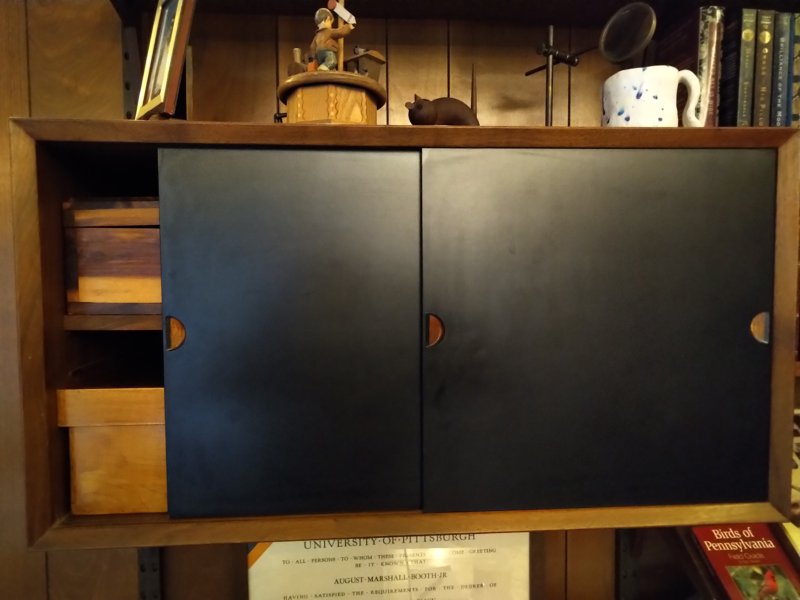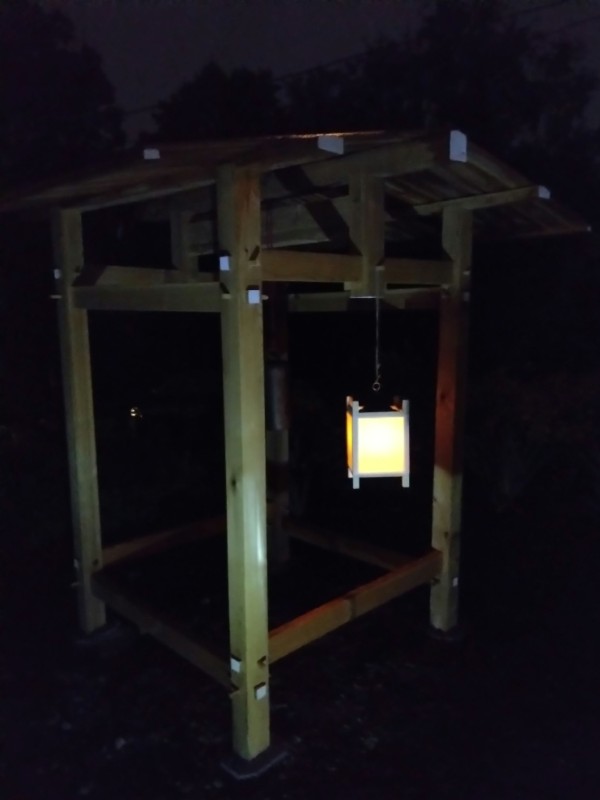My local Woodcraft location had some ambrosia maple cut-offs on sale for a reasonable price, so I picked up a ~5 foot long ~7″ by 1.5″ board and had to decide what to do with it. For the past few years, I’ve been thinking a lot about seating, so I decided to make a simple stool. Ishitani Furniture posted a video about making some 3-legged stools, and I thought about that, but I was not sure I had enough material for two stools. I decided to make one 4-legged stool.
I cut the board into two pieces. One 16″ piece I ripped into four leg pieces. I knocked the corners off those pieces with the intention of either using them as octagonal legs and later cutting tenons somehow, or turning them round. Then Chris Schwarz posted a video about turning tenoned chair legs on a lathe, and I decided to unpack the lathe and give it a try.
The legs came out about 1.375″ in diameter, with a 1″x2″ tenon turned on the end. Given that I am not super experienced at wood turning, and that this is the first time I have used the lathe in about 4 years, I think it went pretty well. They are not perfectly even, but the lathe makes everything perfectly round and smooth.
Next, I used a long, straight bit in the router to joint the edges of the board, then I used the same bit to cut a 1/2″ wide by 3/4″ deep slot into one edge of the board. I cut the board into two ~21″ long pieces, then cut a 1.5″ wide spline from some half-inch thick oak stock and used it to make a splined butt joint between the two pieces. I probably could have just glued the two edges together, but I wanted to try the splined joint, and the extra strength makes me feel better about sitting on the stool.
After letting the glue dry, I scraped off the squeeze-out and sanded it smooth. Then I pulled out a drilling guide and set it for ~10 degrees. I drew a 45 degree angle in from each corner, and clamped the drilling guide to the underside of the seat. I probably could have done this on the drill press, but I would have had to set up a jig to get a repeatable position on the seat. With the guide, I could align the guide to my pencil line, flush the corners of the guide with the edges of the board, clamp, and start drilling. I was using a 1″ Forstner bit to cut the mortises for the legs, so trying to do this by hand without a guide was not a good idea. Schwarz uses auger-tip spade bits for this job, but I hate spade bits with a passion, so that was out. Boring a 1″ hole at a 10 degree angle through a 1.5″ thick board was an athletic experience, but a little camellia oil in the hole kept the friction down so I was cutting and not burning my way through.
Then, I beveled the edges of the seat with a trim router. Normally, I soften the edges with a 1/8″ round-over, but I decided to go a little more angular and I’m really happy with the way it looks. The contrast between the angular seat and the round legs really works for me.
When I started to insert the leg tenons into the seat mortises, I realized it was going to be a very tight fit. I had thought that I would have to notch the tenons and wedge them into place, but as it was I needed to hammer them in and they are not coming out any time soon. Once the legs were in, I trimmed the tops of the tenons flush with the seat, and the bottoms of the legs parallel to the floor. Finally, a generous dosage of hemp oil finish.
That’s why you see it here in my drying cabinet/furnace room. I applied the oil before thoroughly reading the label and finding out that it takes a month to cure. All over but the waiting, I guess.











